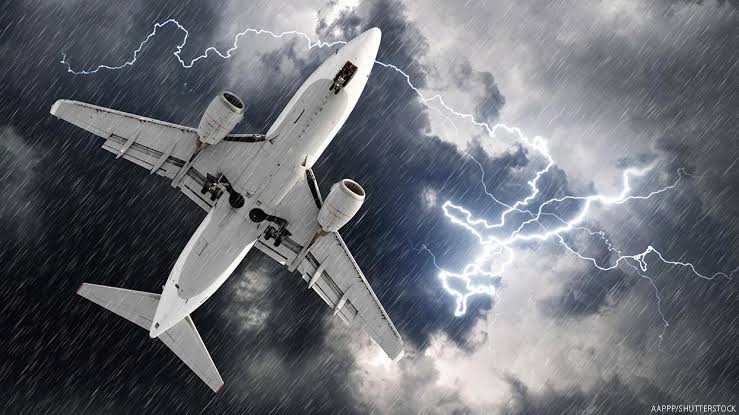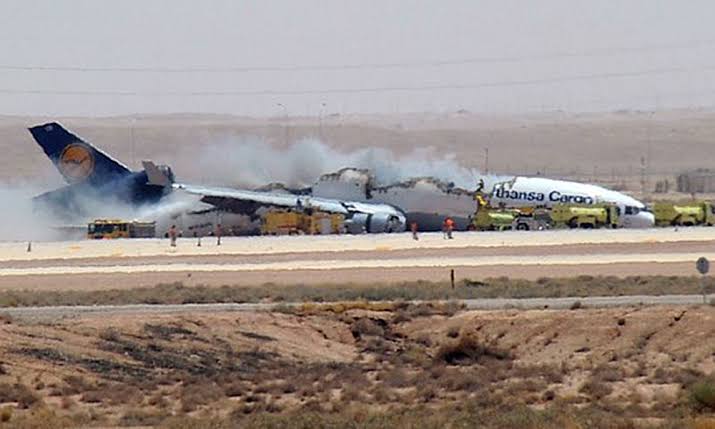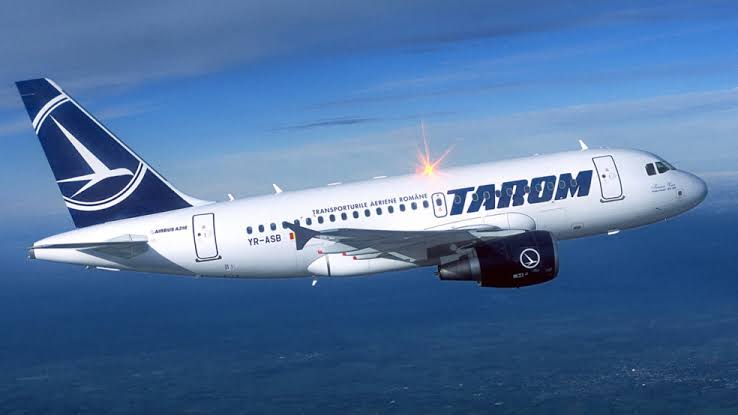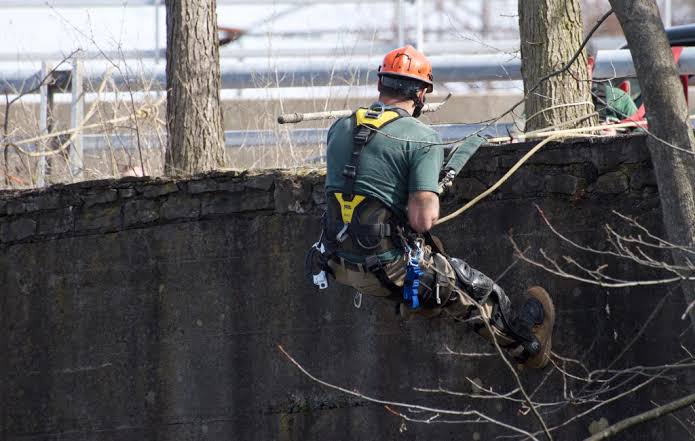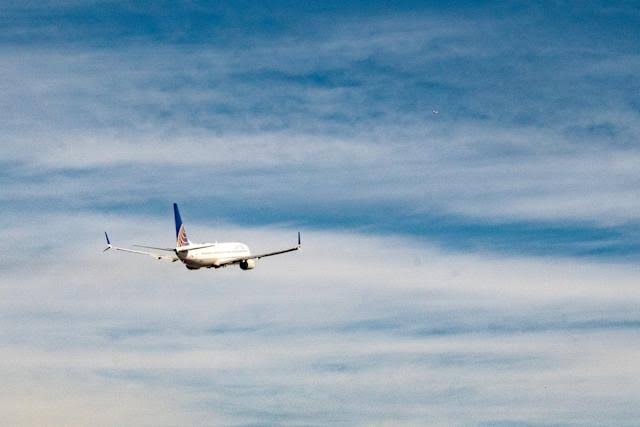5 Passenger Injured As United Airlines Flight Hit Severe Turbulence
Turbulence on United Airlines Flight Leaves Five Passengers Injured
A United Airlines flight recently encountered severe turbulence, leaving five passengers injured.
The unexpected incident has raised concerns about aviation safety, turbulence-related injuries, and airline protocols for handling such situations.
While turbulence is a common occurrence in air travel, extreme cases like this highlight the risks associated with it.
Incident Overview
The flight, operated by United Airlines, was en route to its destination when it hit a patch of severe turbulence. According to reports, the turbulence was strong enough to throw unbelted passengers and crew members into the air, resulting in injuries.
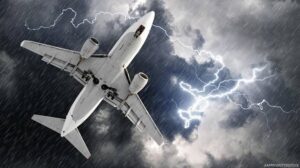
Emergency medical personnel were on standby upon landing, and the injured passengers were treated at the airport and nearby hospitals.
Turbulence incidents like this are not uncommon, but the severity of the injuries has drawn attention to the need for improved safety measures and passenger awareness.
While modern aircraft are designed to withstand turbulence, passengers can still suffer injuries, especially if they are not wearing seatbelts.
What is Turbulence?
Turbulence is a sudden and irregular movement of air that can cause an aircraft to experience bumps, jolts, or drops.
It is typically caused by changes in air pressure, jet streams, storms, or proximity to mountains. There are different levels of turbulence, ranging from light to extreme.
Light turbulence: Slight, occasional bumps with little effect on the aircraft’s movement.
Moderate turbulence: Noticeable changes in altitude or speed, but the aircraft remains under control.
Severe turbulence: Large, abrupt changes in altitude or speed, making it difficult for passengers and crew to move safely.
Extreme turbulence: The rarest form, potentially causing structural damage to the aircraft.
In this particular case, the turbulence experienced by the United Airlines flight was severe enough to injure passengers, making it a significant event.
Causes of Severe Turbulence
There are several factors that can contribute to severe turbulence, including:
1. Clear Air Turbulence (CAT)
CAT occurs at high altitudes, often in clear skies, and is difficult to detect. It is caused by jet streams and sudden changes in wind speed and direction. Because it is invisible to radar, pilots often have little warning before encountering it.
2. Thunderstorms and Weather Systems
Storms, especially those with strong updrafts and downdrafts, can create turbulence. Pilots use radar to navigate around storms, but sometimes turbulence can extend beyond the visible storm area.
3. Mountain Waves
When air flows over mountains, it can create waves that lead to turbulence. This is common near mountainous regions and can affect aircraft flying at various altitudes.
4. Wake Turbulence
Wake turbulence is caused by the wake of another aircraft, particularly large jets. While it usually affects smaller aircraft more, it can still contribute to turbulence in busy airspaces.
Injuries and Passenger Experience
Passengers on the United Airlines flight described a terrifying experience. Some recalled feeling weightless for a moment as the aircraft suddenly dropped.
Others reported being thrown against their seats or into the overhead compartments. Flight attendants, who were serving meals at the time, struggled to maintain their balance.
One passenger stated, “It felt like the plane just dropped out of the sky for a few seconds. People who weren’t buckled in went flying.”
The five injured passengers were assessed by medical teams upon landing. While none of the injuries were life-threatening, some required hospitalization. Common turbulence-related injuries include:
Head and neck injuries from hitting the ceiling or overhead bins
Fractures or sprains from sudden movements
Cuts and bruises from falling objects or hitting hard surfaces
Airline and FAA Response
United Airlines issued a statement expressing concern for the injured passengers and reassuring the public that the aircraft was not damaged. The airline emphasized that passenger safety is a top priority and that the crew followed all safety protocols.
The Federal Aviation Administration (FAA) is investigating the incident, as is standard protocol for turbulence-related injuries.
The agency will review flight data, weather conditions, and crew actions to determine if any additional safety measures should be implemented.
Preventing Injuries During Turbulence
While turbulence is often unavoidable, passengers can take precautions to minimize the risk of injury:
1. Always wear a seatbelt – The best way to stay safe during turbulence is to keep your seatbelt fastened at all times, even when the seatbelt sign is off.
2. Follow crew instructions – Flight attendants provide safety instructions for a reason. Listen to announcements and secure loose items when advised.
3. Store carry-on items properly – Overhead bins should be securely closed, and heavy items should be placed under the seat rather than in overhead compartments.
4. Avoid walking around unnecessarily – If turbulence is expected, remain seated and avoid standing or moving around the cabin unless absolutely necessary.
The Science Behind Modern Aircraft and Turbulence
Modern aircraft are designed to handle turbulence safely. Their wings and structures can flex to absorb sudden movements, preventing serious structural damage. Pilots are also trained to manage turbulence by adjusting altitude and speed to minimize its impact.
Advancements in meteorology and technology allow pilots to anticipate turbulence more accurately than ever before.
However, as climate change affects global weather patterns, some experts believe turbulence incidents may increase in frequency.
Conclusion
The turbulence-related injuries on the United Airlines flight serve as a reminder of the unpredictability of air travel.
While flying remains one of the safest modes of transportation, turbulence can still pose risks, especially for unbelted passengers.
By staying informed and following safety measures, passengers can reduce their chances of injury during unexpected turbulence events.
As the FAA investigates this incident, airlines may look for ways to enhance turbulence forecasting and improve in-flight safety protocols.
In the meantime, passengers should remain vigilant and prioritize their safety whenever they fly.
